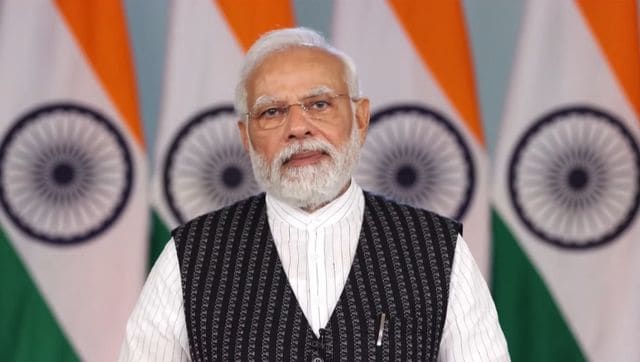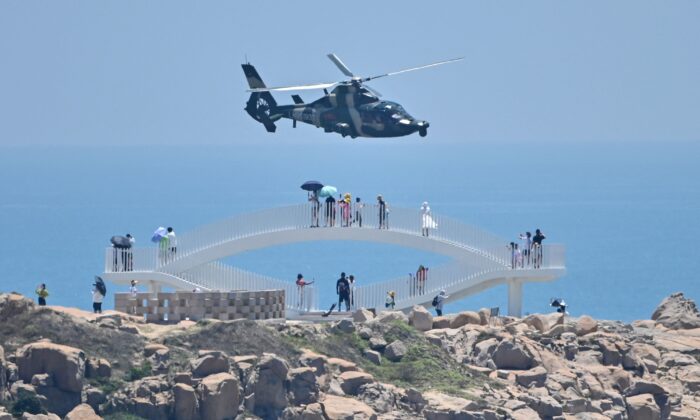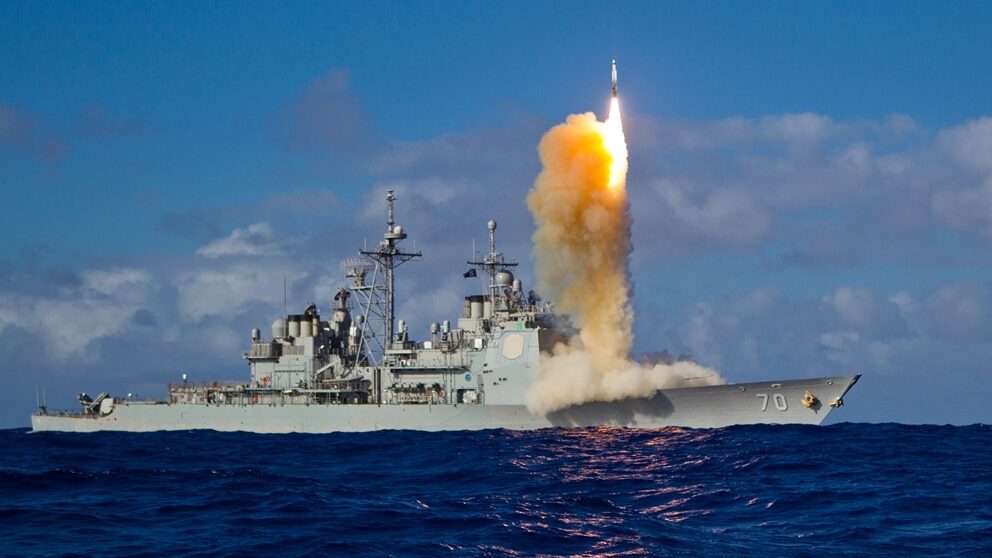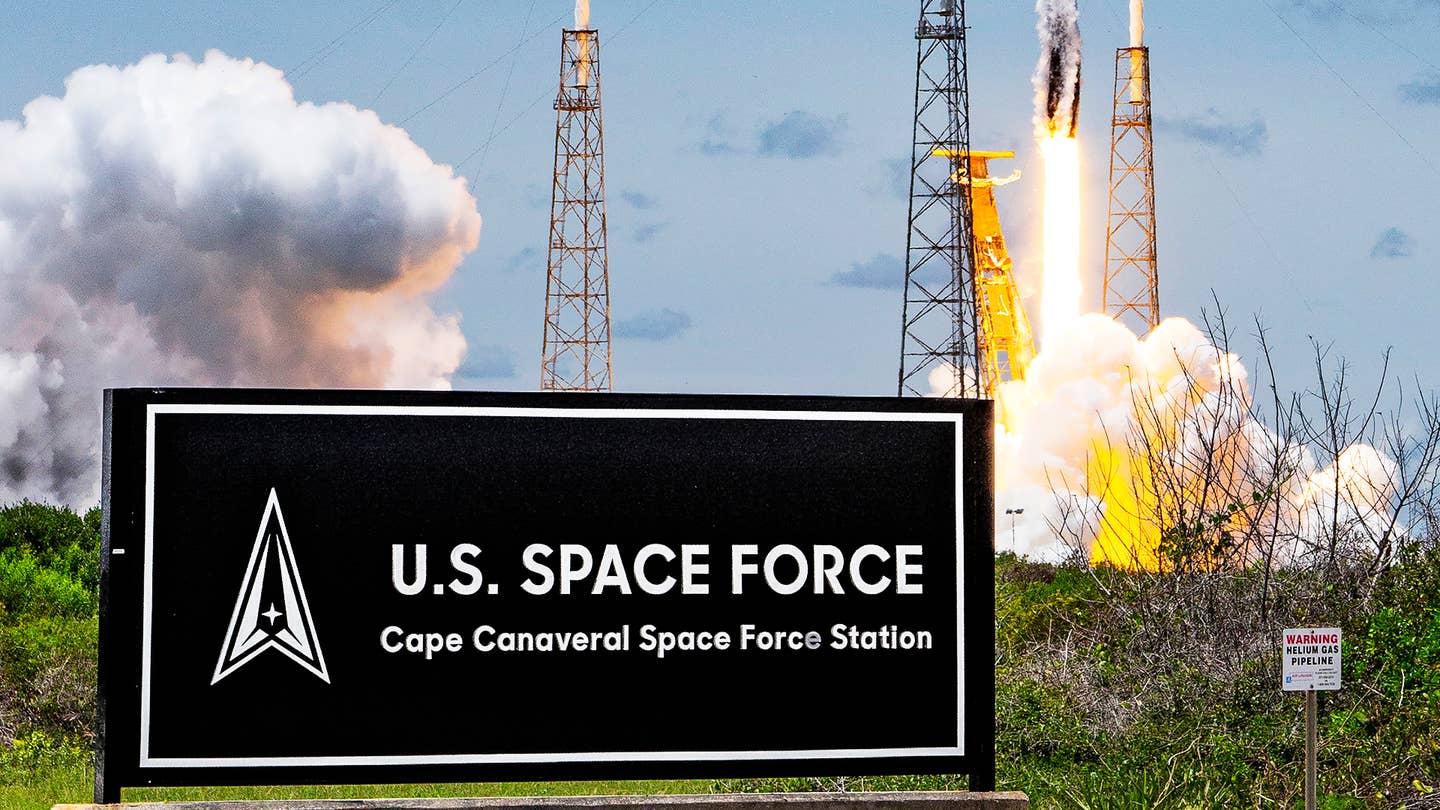Anuj Srivas, and Kabir Agarwal
In January, after New York-based short seller Hindenburg Research released a report accusing Adani Group of accounting fraud and stock manipulation, the Indian conglomerate defended itself by appealing to nationalism. “This is … a calculated attack on India, the independence, integrity and quality of Indian institutions, and the growth story and ambition of India,” the group said in a 413-page response refuting the allegations.
It is no surprise that Adani Group tied itself to India’s “growth story.” The industrial empire of Gautam Adani, the group’s founder, has been key to Prime Minister Narendra Modi’s vision for India, which centers on big infrastructure projects as drivers of growth. In turn, Adani’s support for Modi’s nation-building plans, from airports to green hydrogen plants, has propelled his conglomerate’s meteoric rise. From 2014 to December 2022, Adani Group’s market capitalization soared from $6.5 billion to more than $223 billion.
Hindenburg’s report triggered a sudden reversal, however. The value of Adani Group’s publicly traded stocks soon fell by more than half—a rout that has continued a month after the report’s release. Modi has chosen to remain quiet about the affair, even as it has raised serious questions about India’s economy.
If Adani Group seeks refuge from criticism by tying its success to that of India’s, then the converse must also be reckoned with: The collapse of its shares represents a stress test for India’s growth project. It has cast doubt on whether Modi’s strategy of propping up a few favored corporate titans can translate into lasting results on the ground. And, beyond that, whether Modi’s India can deliver on hopes that it could become a driver of global economic growth, as China was for the past three decades.














